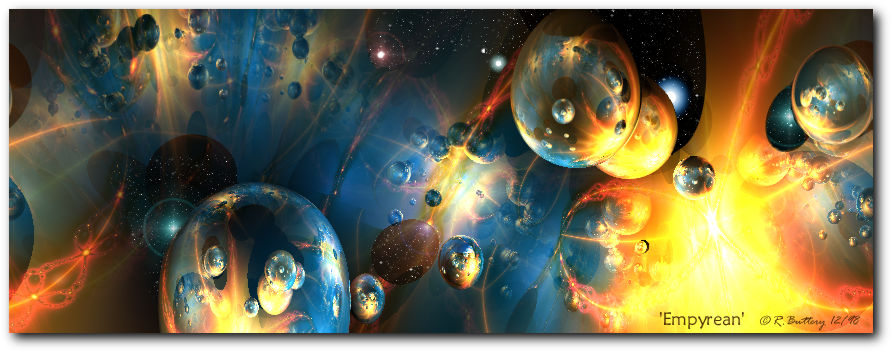

An internet website(1) proffers the hypothesis that persistent contrails are actually a calibration test for military lidar systems. It refers to statements by Ed Dames, a well known Art Bell guest, who charges people large sums of money to teach them how to become clairvoyant, which he describes as 'remote viewing'.(2) No credible proof has been established that such activity is possible with any accuracy, indeed, our military, who Dames claims to have this ability, has proven inaccurate regarding distant targets many times in it's recent history.(3)
Dames has said(4)
that he has a “hunch”that contrails are actually a calibration
test for military bio/chem detection lidar systems. Lidar is an
acronym for Light Detection and Ranging systems, which, in this
case, direct a backscatter laser and receive the relected energy
using a receiver in order to detect particles in the air. These
systems can detect and distinguish materials in the air(5).
General lidar calibration is done using a target of known reflectance,
one previously measured in a lab referenced to national standards.
This target is then used
at the laser for its calibration.(6)
In order to find the truth about this matter,
I contacted the well known research team of the University of
Wisconsin Lidar Group.(7)
In communications with both Dr. Ed Eloranta(8)
and Dr. Walter Wolf (9)there,
they decribed to me how LIDAR systems are calibrated. In summary,
they use two lidars, a VIL(10)
and
HSRL(11)
to establish calibration by comparing the two against each other.Below
are their responses and the relevant URL's describing the calibration
of Lidars.
Dr. Eloranta:
“Our high spectral resolution lidar uses a measurement of
the molecular scattering to calibrate the aerosol scattering.
The lidar seperates the received signal into two components by
looking at the Doppler broadening of the molecular backscattering
caused by the themal motion of the molecules. You can find a detailed
description of this in a thesis by Paivi Piironen. It is available
on our web site: http://lidar.ssec.wisc.edu under the publications
heading.”
Dr. Wolf:
“ In general, it is difficult to calibrate a single channel
lidar system. Dual channel systems, the HSRL and Raman systems,
can be used to get the optical depth of the atmosphere between
two points since they use the molecular signal as a calibration
source. Single channels systems can only be calibrate IF they
can detect a layer where they previously know the backscatter
cross section. The best way to do this is by assuming that they
can see a layer of the atmosphere where the backscatter is only
caused by molecules. This assumption is generally used for signal
above the troposphere, mostly in the stratosphere. This assumption
is not a very good one, but it is the best that
a single channel system can do.
If an artifical substance is released into the atmosphere, this would not help. This is because you may know the initial size of the particles but you do not know the number of particles in a certain volume of air. Also, the particles may smash into each other and form larger particles or have water condense on the them, also making them larger. By the way, there is generally a lot of wind shear at cirrus cloud levels so you also do not know how fast the particles disperse.”
With a lidar, you implicitly know how far an object is from the instrument. But, if you can calibrate the instrument, you do not know the type of particle doing the scattering. The only thing you can tell is maybe the size of the particle (difficult) and the shape (if you have depolarization measurements (spherical vs irregularly shaped).”
From the above information, it is clear that
contrails are unnecessary for lidar calibration. Lidar calibration
operations are ordinary and well described, being accomplished
by standard target materials and by comparison of molecular backscatter
of one system(HSRL) with another(VIL) in multiple channel systems.
Deliberately dispersed materials are not necessary and in fact
would introduce new problems that would render calibration efforts
invalid.
References:
(1)http://www.geocities.com/Pentagon/1250/
(2)http://www.trv-psitech.com/
(3)http://www.whtt.org/980921ib.htm
(4)http://www.trv-psitech.com/transcripts/ab031299.htm
(5)http://www.orcaphoton.com/lidarlinks.html
(6)http://www.jpl.nasa.gov/lidar/targets.htm
(7)http://lidar.ssec.wisc.edu/
(8)http://lidar.ssec.wisc.edu/staff/eloranta.htm
(9)http://lidar.ssec.wisc.edu/staff/wolf.htm
(10)http://lidar.ssec.wisc.edu/syst/vil/vil.htm
(11)http://lidar.ssec.wisc.edu/syst/hsrl/hsrl.htm